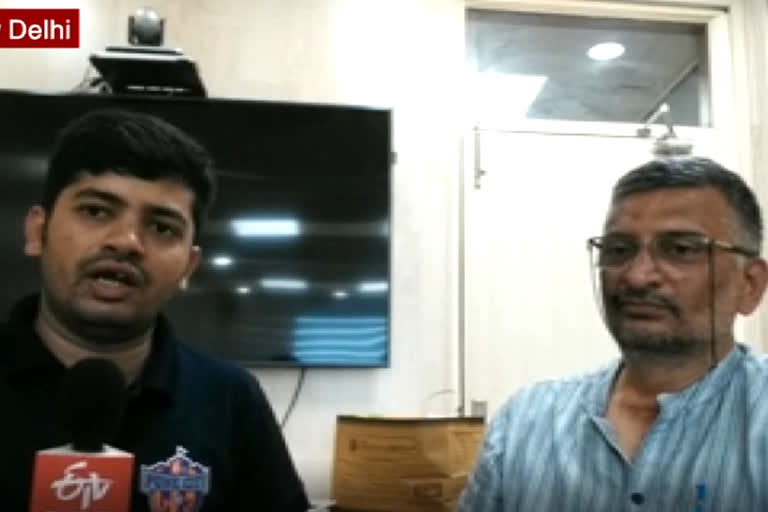New Delhi: Setting another milestone for the country's deep space exploration, the lunar spacecraft of Indian Space Research Organization (ISRO), Chandrayaan-2 is set to take off on July 15, that will land on moon by September 7.
Speaking exclusively to ETV Bharat, Dr TV Venkateshwaran, senior scientist explained, "When Chandrayaan-1 was sent, it was more of a technology demonstration mission."
"Whereas in case of Chandrayaan-2, we have objectives and one of its major objectives is to land on the moon surface," he said.
The Chandrayaan-2 will have three modules, Orbiter, Lander (Vikram) and Rover (Pragyan), which are being designed to carry out different experiments including surface mapping, minerals, chemical composition among others.
"This will put India's space programme into a different orbit. Now, by landing on the moon, we would also become agency which has capabilities with deep space exploration," said Venkateshwaran.
Venkateshwaran further said, "Earlier, the moon missions were only limited to the USA and later, Russia. Two countries were competing which eventually ended in 1976."
He pointed out that now there is a renewed interest on missions to the moon as it possesses a particular isotope of helium, that may become a source of energy in the future which would have been impossible 20 years ago.
READ: Train held up due to boulder on track near Lonavala




